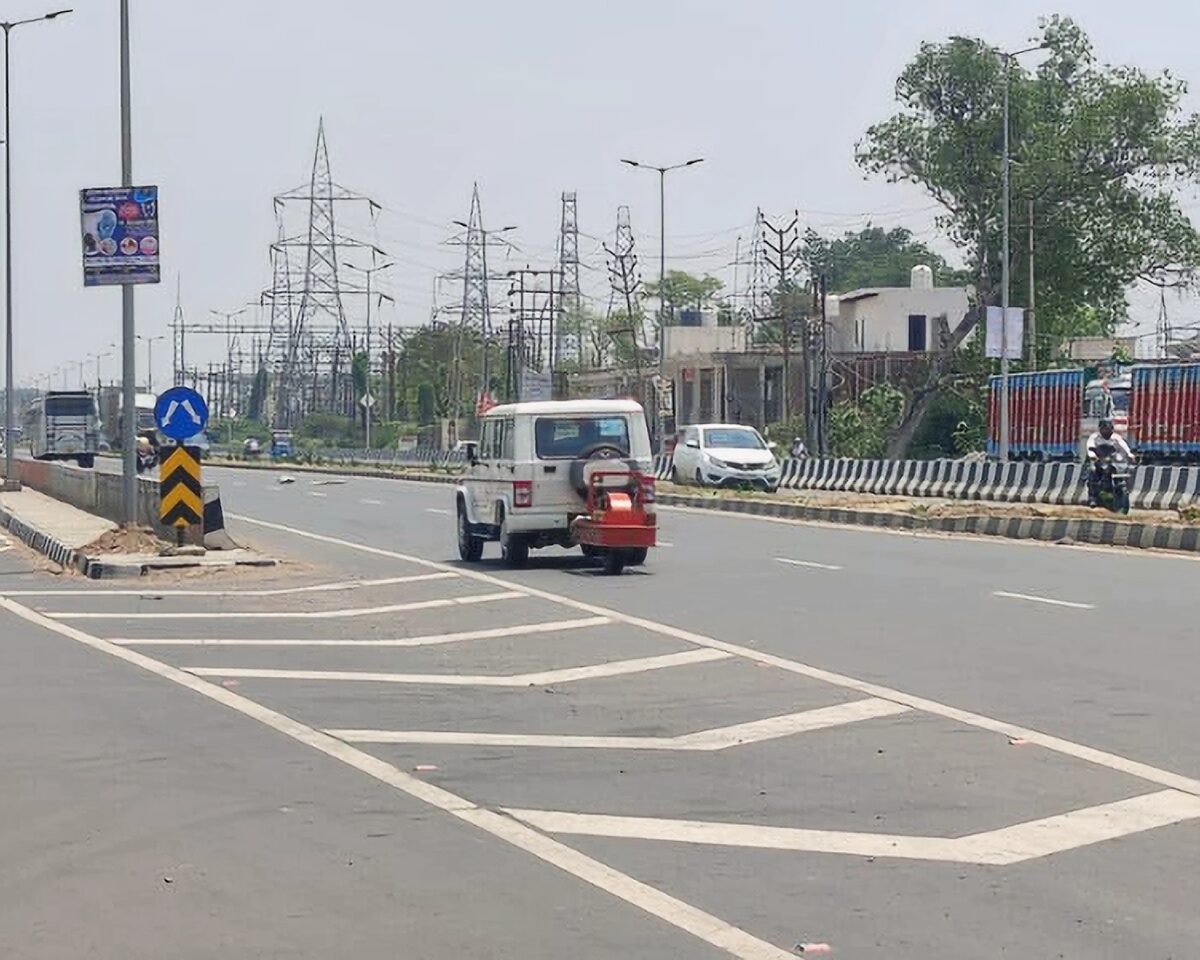Introduction: Roughness is the distortion in the road profile, which is of main concern to the road users. It is caused due to the inherent properties of materials and the construction techniques. The pavement surface roughness is expressed as Unevenness or Roughness Index (in mm/ km) measured through Fifth Wheel Bump Integrator or Car Axle Mounted Bump Integrator. Bump Integrator also known as Roughometer or Automatic Road Unevenness Recorder gives quantitative integrate evaluation of surface irregularities on an digital counter / LCD screen. It comprises of a single wheeled trailer, with a pneumatic tyre mounted on a chassis, on which an integrating device is fitted . The operating speed of the machine should be 32±0.5 km/hr. The machine is towed by a vehicle, usually a jeep without disturbing the accuracy of the unevenness-measuring wheel.
Reference Code : RC:SP:16-2019
Procedure : Following procedure should be adopted while performing the test on finished road:
1.For bump integrator reading, first decide the stretch to be tested
2.Then at starting point i.e. at 0 distance, the BI reading is adjusted to “0” cm.
3.The instrument is driven over the stretch with a speed of (32 +/- 2 km/h) on LHS and after crossing the end point marking; BI reading is taken and noted.
4.The result of bump integrator is generated in terms of count per km, which is the accumulation of the number of pulses in the total stretch.
5.Same test is repeated considering the speeds as mentioned above along in the stretches on RHS.
Recommended Standard Specification for Bituminous Concrete
<1800 mm per Km


Well👍